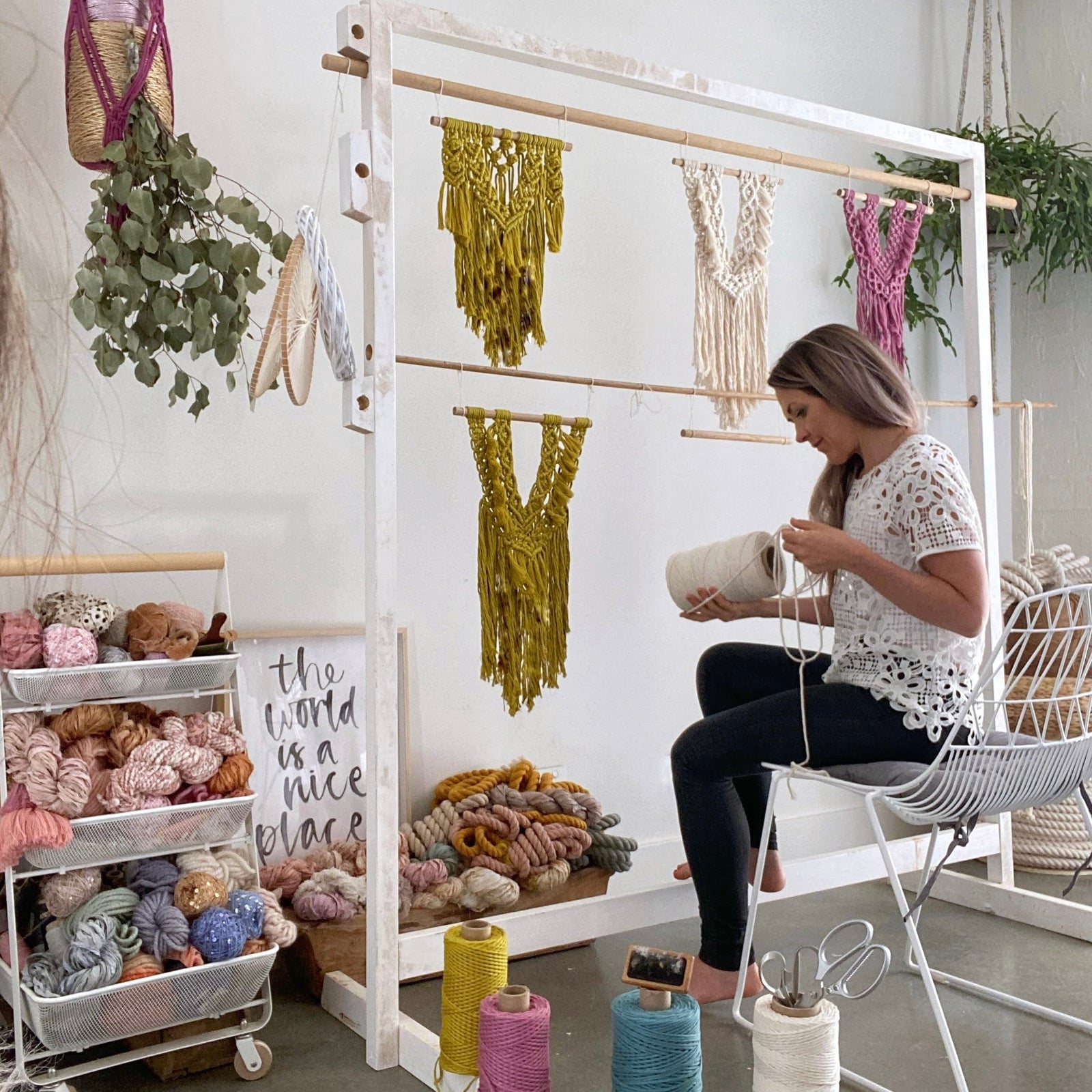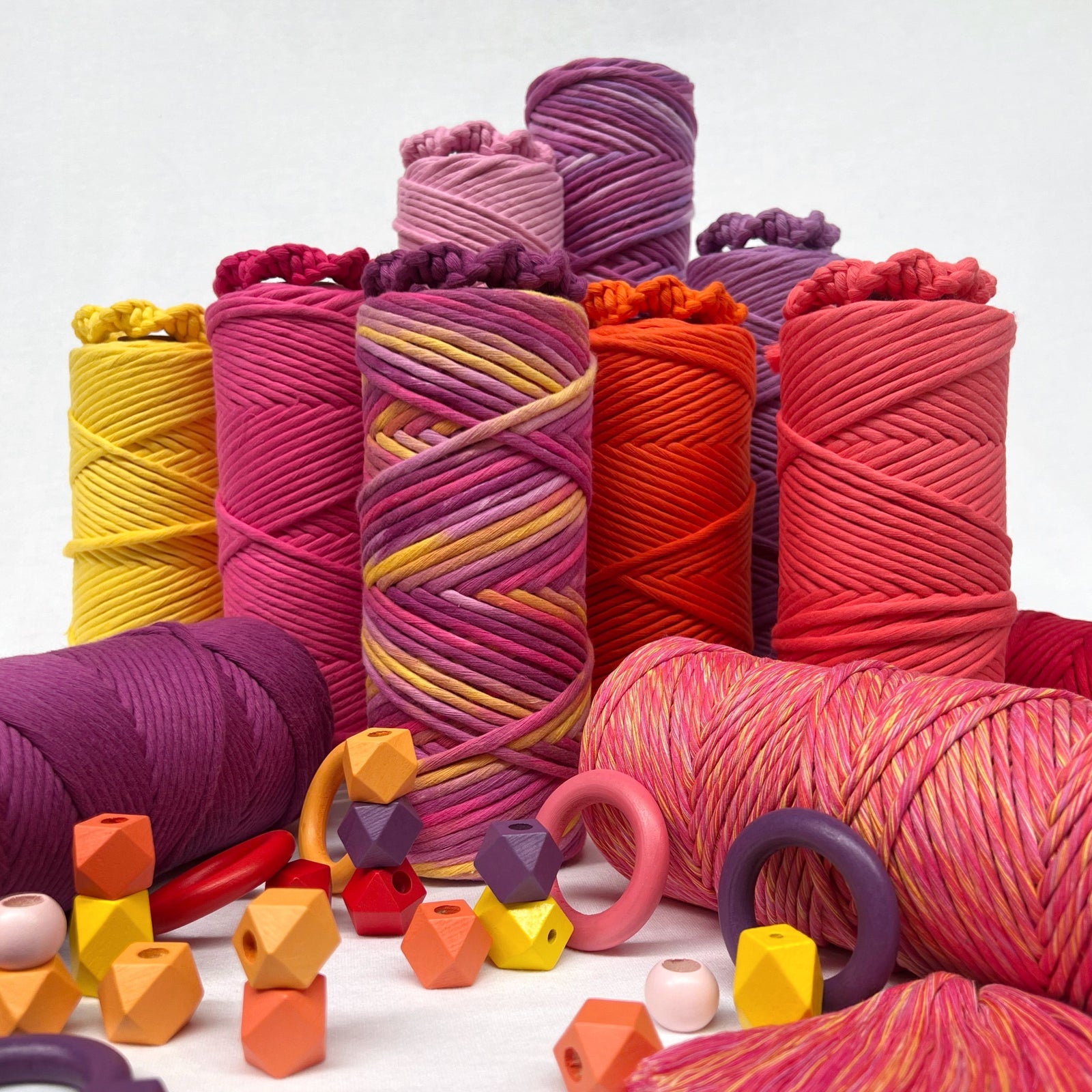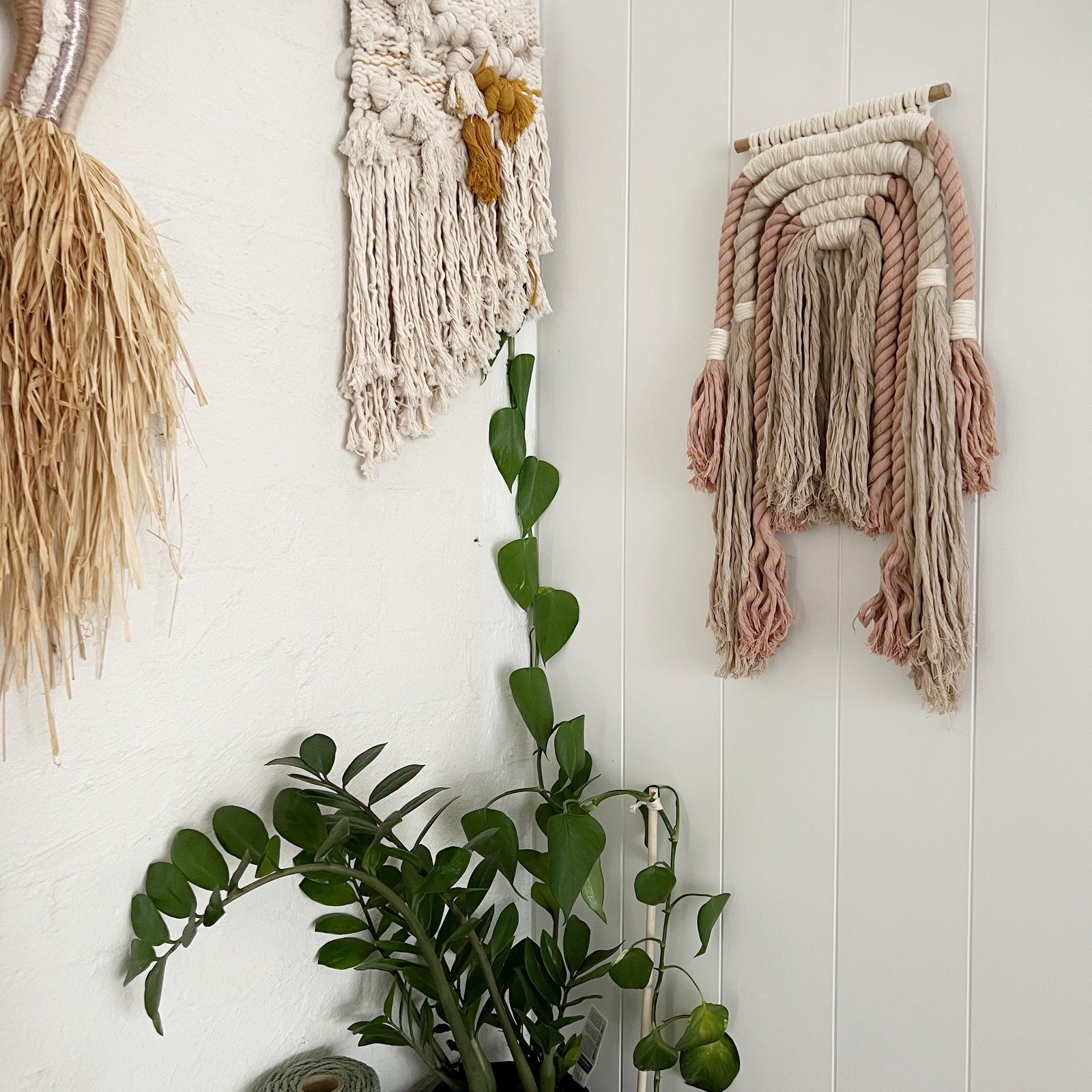I haven’t started my project yet, but it feels so lovely that I can’t wait to get onto it.
Fast and efficient order processing
1st time using braided and I love it. So neat and tidy.
ladybug red for my daughter. I love the feel of these strings, so soft.
I love the hand painted range and it is so gentle to work with, and the colours are great.
























